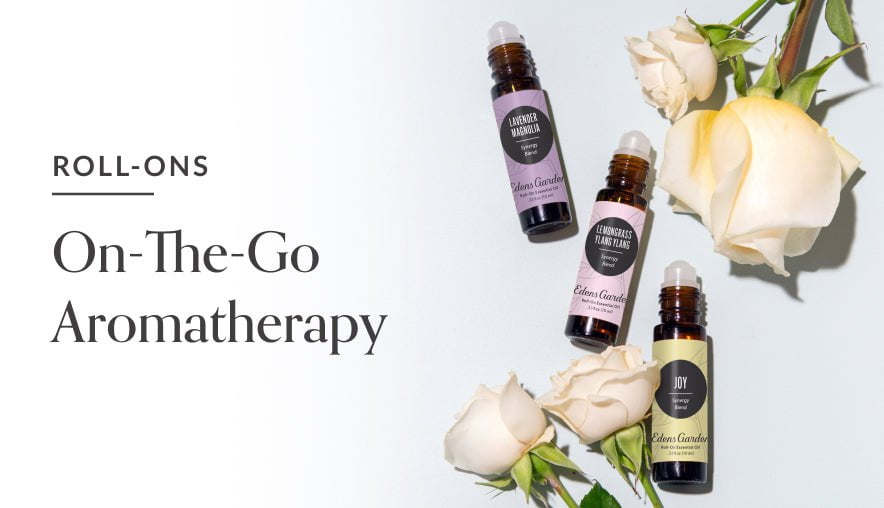AAA: Why Is My Essential Oil Blue?

Though it’s paradoxical, people are often surprised when they experience Blue Cypress or Blue Tansy essential oil for the first time and find out they’re actually blue. Not to mention blue-as-can-be German Chamomile and Yarrow, in which there’s no forewarning in the name. So why are some oils blue? The good news is it’s not because they’re feeling down. What’s even better news, they’re blueness is indicative of supreme healing qualities.
Essential oils are made up of tens of hundreds of naturally occurring components. These components are what give essential oils their aroma, viscosity, therapeutic benefits and color. The particular components that give essential oils their blue hue are called “chamazulene” and “guaiazulene.” Chamazulene is found in German Chamomile, Blue Tansy and Yarrow and guaiazulene is found in Blue Cypress. Both components are not actually found in the plants that produce blue oils. For example “matricin” (also spelled “matricine”) is found in the German Chamomile plant. During steam distillation, matricin is converted into chamazulene due to heat. Whereas CO2 extracted German Chamomile oil (which doesn’t use heat to produce the oil) will contain matricin instead of chamazulene, producing a greenish-brown oil instead of a blue one. Likewise, guaiazulene is created during steam distillation.
Is blue your favorite color? If not it will be once you learn about these component’s incredible benefits. Chamazulene and guaiazulene could be twins, in that they share a very similar looking chemical structure and they have the same benefits. They’re known for their anti-inflammatory, antioxidant, wound healing, skin soothing, pain relieving and allergy fighting abilities. And it goes without saying that these properties are what blue oils are known for.
Though we wish the only essential oils on the market were of high quality, it’s a known fact that dyes are oftentimes added to essential oils to give them a more desirable color. So how can you tell if your oil has a true, blue hue? A trustworthy company will offer third-party GC/MS tests on their oils, which contains a breakdown of every naturally occurring component found in a batch of essential oil. These tests will also reveal any synthetics, dyes, preservatives, pesticides and adulterants found in a given oil batch. If the oil is pure, it won’t contain any of these latter components.
At Edens Garden, we third-party GC/MS test and analyze each single oil that we offer to ensure our oils are pure and of the highest quality available. These tests are available on our single oil’s product pages under “Reports.” Looking at our Blue Tansy, German Chamomile and Yarrow analyses, you’ll notice these oils contain chamazulene and that Blue Cypress contains guaiazulene, classifying these four as true, blue oils. And rest assured, these unwavering oils will work for you.







Leave a comment (Comments will be approved before showing up)